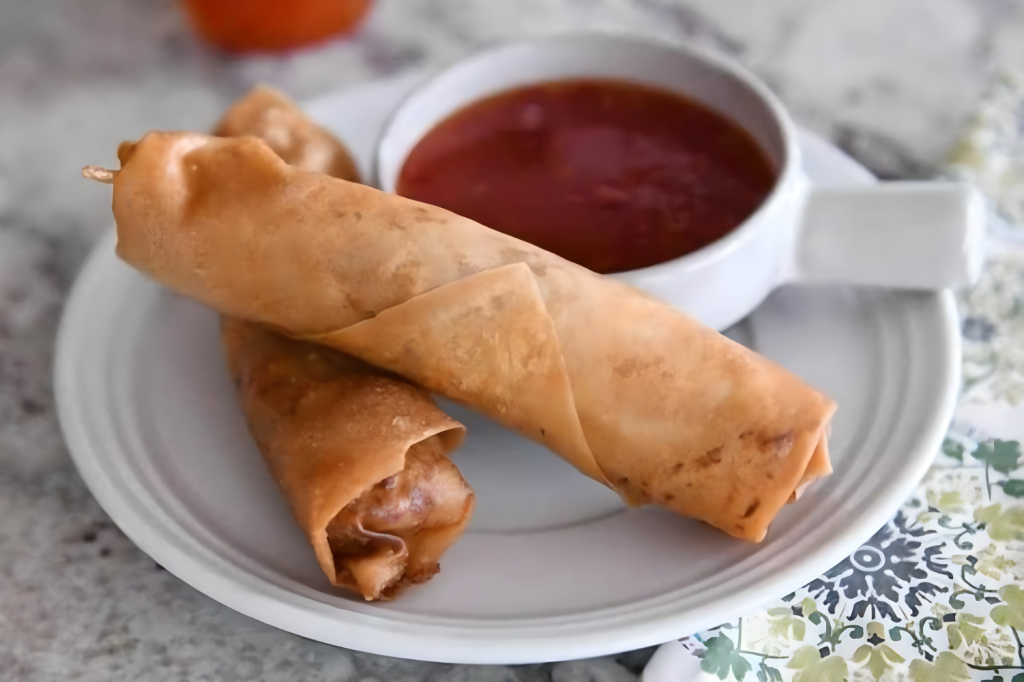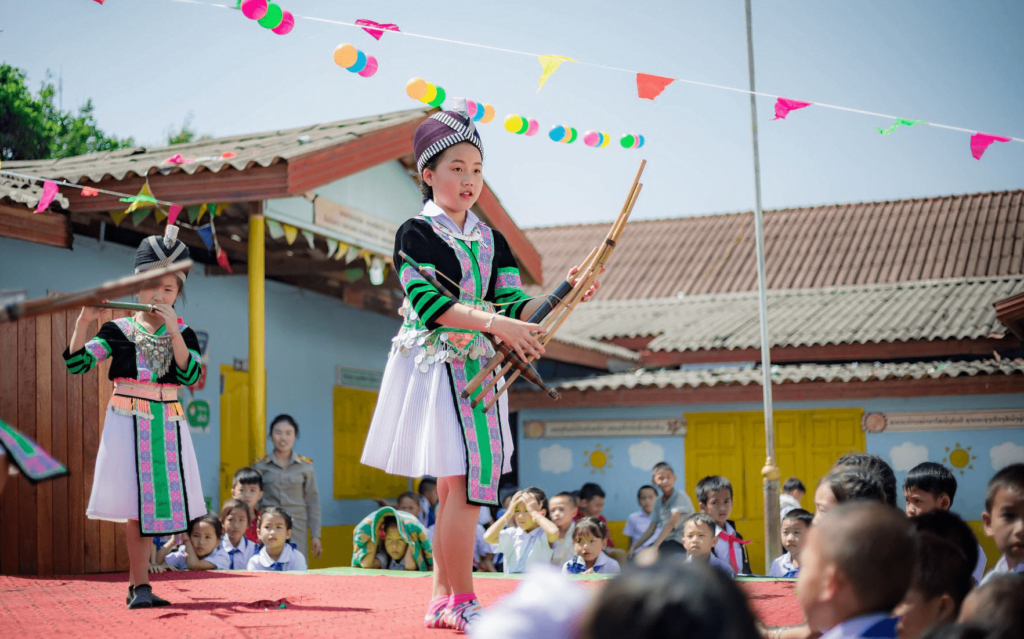
The Fascinating World of Hmong Cuisine
Are you ready to explore the alluring and intricate world of Hmong cuisine? Let’s take a journey through its unique history, diverse flavors, and signature dishes.
The history of Hmong cuisine is rich and diverse, tracing back to the migration of Hmong people from China to Southeast Asia. This migration brought about the fusion of traditional Hmong recipes with local Southeast Asian flavors, creating a cuisine that is distinct and unparalleled.
A defining feature of Hmong cuisine is the use of aromatic herbs and spices such as lemongrass, galangal, and kaffir lime leaves. These ingredients are carefully blended to create complex and bold flavors that are quintessentially Hmong. With an emphasis on layering textures and flavors, Hmong cuisine produces a rich and satisfying meal.
Now, let’s dive into some of the signature dishes of Hmong cuisine. From Tsaub Ntuj (Hmong Hot Pot), Nqaij Qaib Hau Xyaw Tshuaj (Hmong Sausage), to Hmab Txaj (Hmong Egg Rolls), there is a vast selection of dishes to choose from, each with a unique presentation and flavor profile.
Tsaub Ntuj, also known as Hmong Hot Pot, is a perfect dish for a cold winter day. It involves boiling meat and vegetables in a flavorful broth, then served with various dipping sauces, resulting in a hot and comforting meal.

Nqaij Qaib Hau Xyaw Tshuaj, or Hmong Sausage, is a staple in Hmong cuisine. Ground pork is mixed with various herbs and spices, stuffed into casings, and grilled or pan-fried until crispy, creating a savory and fragrant sausage full of flavor.

Hmab Txaj, or Hmong Egg Rolls, are a popular appetizer in Hmong cuisine. A mixture of ground pork, vegetables, and spices is wrapped in a thin rice paper wrapper, then fried until crispy, resulting in a crunchy and savory snack that’s perfect for any occasion.
Thanks to Hmong chefs like Yia Vang, Hmong cuisine has gained recognition and popularity in the culinary world. As a James Beard-nominated chef, Vang has been influential in bringing Hmong cuisine to the forefront of the culinary scene through his cooking series and recognition as Chef of the Year.
With Hmong cuisine gaining more attention and recognition, we can expect to see more Hmong-inspired dishes on menus worldwide. This development will undoubtedly result in new and innovative ways to savor the flavors of Hmong cuisine.
Hmong cuisine is a captivating and complex cuisine that has a rich history and is gaining popularity worldwide. From its aromatic herbs and spices to its signature dishes like Hmong Hot Pot and Hmong Sausage, Hmong cuisine offers an exceptional culinary experience. With the rise of Hmong chefs like Yia Vang, we can anticipate even more exciting developments in the world of Hmong cuisine in the coming years.









Responses